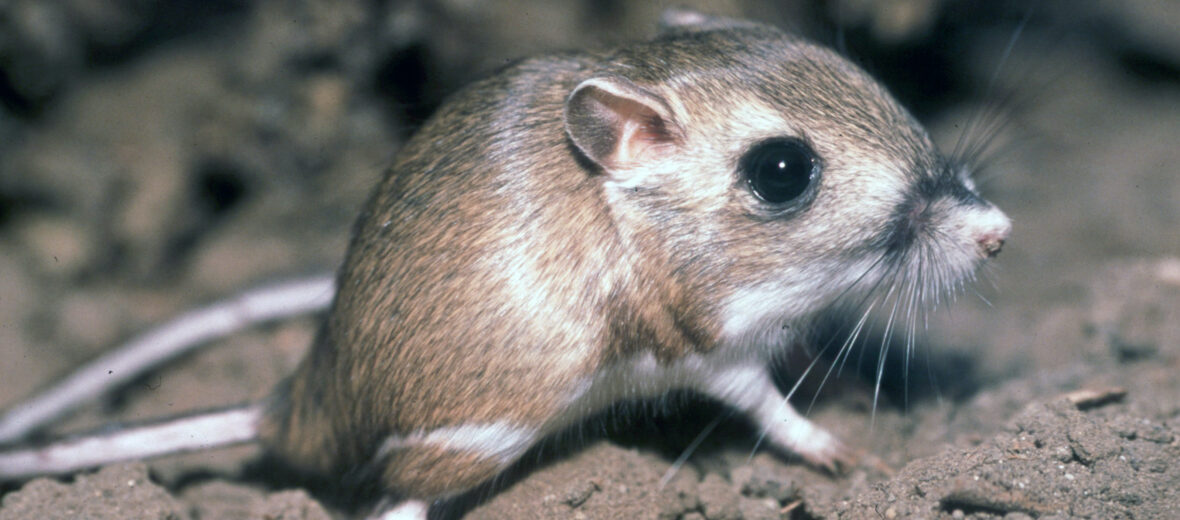
The kangaroo rat is a small rodent, native to North America. What makes this critter very unique is all in its name. When the kangaroo rats hop on their back feet, they look like a kangaroo. Most of the 23 species of kangaroo rats can be found in places like California’s Mohave desert and in other areas where it is hot and dry; like here in the deserts of Arizona!
First the Stats…
Scientific name: Dipodomys
Weight: Up to 4 ounces
Length: Up to 5.8 inches
Lifespan: Up to 5 years
Now on to the Facts!
1.) The kangaroo rat can be found in desert climates of North America.
2.) Kangaroo rats have pouches, but not for carrying their babies. Their pouches are on the outside of their cheeks and are used for carrying seeds back to their burrows.
3.) There are 20 known species of kangaroo rat!
4.) Unfortunately for the kangaroo rat, it has many predators. There are many creatures out there who would like to make a tasty meal out of this small critter. Owls, snakes, bobcats, foxes, badgers, coyotes, ringtail, and your cat or dog; just to name a few.
But wait, there’s more!
5.) To keep cool in their burrows during the day, they close up the entrance with dirt or soil. It is removed at night when it is cool enough for them to leave; as they are nocturnal.
6.) They have very good hearing which helps them avoid predators. They can even hear the beat of an owls wings!
7.) The kangaroo rat does not sweat, meaning it conserves water. In order to stay cool they stay in their burrows during the day and come out at night.
Did you know…?
They are very good jumpers and can leap up to 5+ feet to escape predators!
8.) The males are larger than the females in all species of kangaroo rat. This is known as sexual dimorphism.
9.) They do not need to drink water, getting any moisture they need from the seeds they eat.
10.) Kangaroo rats live in colonies with anywhere from a handful of dens to hundreds, depending on the amount of available food.
Now a Short Kangaroo Rat Video!
Also, check out the Critter Science YouTube channel. Videos added frequently!
Want to suggest a critter for me to write about? Let me know here.



